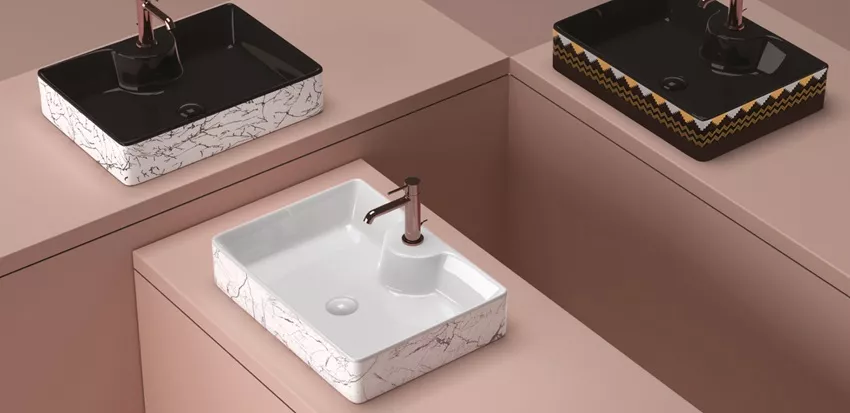
In the ever-evolving world of interior design, ceramic tabletops have emerged as a stunning statement piece that effortlessly blends sophistication with practicality. Far from the traditional ceramic tiles of yesteryear, today’s ceramic tabletops offer a sleek, luxurious alternative that can instantly elevate your living space. Let’s explore how this versatile material can transform your home with a touch of modern glamour.
Ceramic has experienced a remarkable renaissance in contemporary interior design. No longer limited to bathroom tiles or kitchen backsplashes, ceramic has found its way onto our dining tables, coffee tables, and console surfaces. The appeal lies in its unique combination of aesthetic versatility and functional durability.
Modern manufacturing techniques have expanded the possibilities of ceramic tabletops beyond simple white or terracotta. Today’s options include:
Each finish offers its own distinct personality while maintaining the core benefits that make ceramic so desirable in contemporary homes.
Ceramic tabletops offer exceptional durability that few other materials can match. Unlike wood, they won’t warp or scratch easily. Unlike natural stone, they don’t require regular sealing or special maintenance. Ceramic surfaces are:
This practical durability makes ceramic tabletops perfect for busy households without sacrificing style.
Perhaps the most compelling reason to choose ceramic is its incredible design versatility. Modern ceramic tabletops can mimic the appearance of more expensive materials like marble or onyx without the associated maintenance concerns or price tags.
The manufacturing process allows for virtually limitless design possibilities:
This versatility means you can achieve the exact look you want without compromising on durability or budget.
Once you’ve invested in a ceramic tabletop, the styling possibilities are endless. Here are some approaches to maximize its impact in your space:
Let a statement ceramic tabletop speak for itself with minimal styling. A single architectural vase or sculpture can create breathing room that showcases the table’s surface. This approach works particularly well with:
This juxtaposition of smooth and textured creates visual interest and tactile appeal that makes a space feel layered and considered.
Use your ceramic tabletop as a foundation for color exploration. Whether your table is neutral or boldly colored, it can anchor a thoughtful color story:
Remember that ceramic’s reflective quality will also interact with colored items placed on its surface, creating a dynamic visual relationship.
While ceramic tabletops can work in virtually any room, they particularly shine in:
A ceramic dining table offers both sophistication and practicality. Dinner parties become more elegant, while everyday meals benefit from the easy-clean surface. The durability makes it ideal for families, while the design options ensure it never feels utilitarian.
As coffee tables or console tables, ceramic creates an immediate focal point. The reflective surface can help brighten a room while adding visual interest through pattern or color. In smaller spaces, a ceramic coffee table can make a style statement without overwhelming the room.
For sunrooms, covered patios, or spaces that transition between indoors and outdoors, ceramic tabletops offer resilience against humidity and temperature changes while maintaining design integrity. This makes them perfect for creating cohesive design flow between interior and exterior living spaces.
Quality ceramic tabletops represent an investment in your home’s aesthetic and functionality. When shopping for ceramic tables, consider:
While high-quality ceramic tables aren’t the least expensive option on the market, their longevity and timeless appeal make them a sound long-term investment for most homes.
Ceramic tabletops offer that rare combination of visual drama and practical functionality that defines truly successful interior design. They bring museum-worthy aesthetics into everyday living while standing up to the rigors of real life. Whether your style leans minimalist, maximalist, or somewhere in between, a ceramic tabletop can transform your space with its modern glamour.
By investing in this versatile material, you’re choosing a surface that will continue to delight visually while performing beautifully for years to come – the very definition of smart, sophisticated interior design.